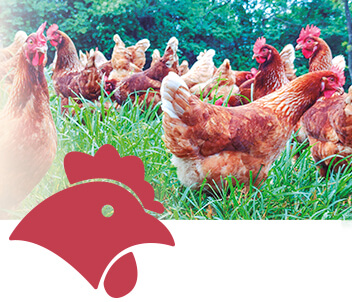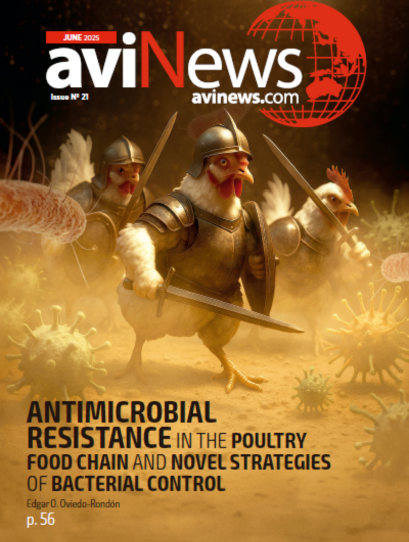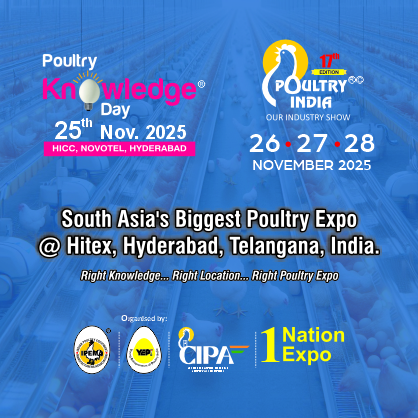Content available at: Español (Spanish)
Production systems that raise cage-free laying hens -which live loose in barns with or without access to an outdoor area- allow the birds to express natural behaviors in accordance with the animal welfare principles. These commercial-scale systems have expanded quickly in the last decade not only in Brazil, but also in Latin America, bringing new knowledge on this topic, challenges and breaking taboos.
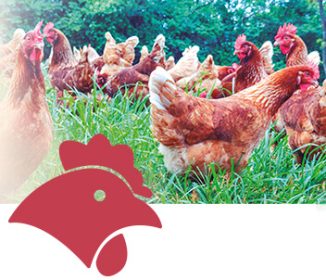
- Are birds more susceptible to fractures in cage-free systems?
- Is productivity lower in these types of systems?
- Is there a higher mortality rate with increasing cannibalism among birds?
- Are there more pests and predators in these systems?
- Is the quality and innocuousness of the eggs lower due to a greater contact with the droppings of the birds?
- If the birds are healthy within a hygienically favorable environment and productivity rates are good, can that be considered animal welfare (even when using cages)?

In 2005, Dr. Rosangela Poletto joined the Certified Humane program as an animal welfare auditor for several animal species. And, since 2010, as a PhD in Farm Animal Behavior and Welfare, she keeps a close look at the commercial activity of cage-free eggs.
This is what she had to say about it:
Arguments about mortality caused in cage-free system by:
- fractures and
- bacterial or parasitic infections
- cannibalism
Are raised by those who have yet to better evolve in their knowledge and practical learning in the management of laying hens reared in alternative systems.
In 2021, a study published by the renowned journal Scientific Reports analyzed data obtained from 6,040 flocks of hens (176 million birds) raised both in cage and cage-free type systems in 16 countries.
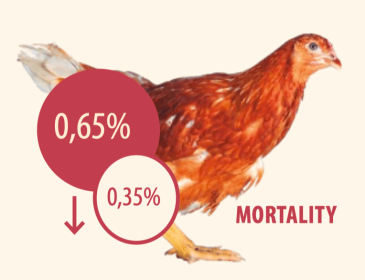
This study revealed that unlike what may be observed in conventional cage type systems bird mortality is reduced on average from 0.35% to 0.65% each year that producers acquire more experience with the cage-free system.
And over the last few years, there has been no difference in mortality rate between cage and cage-free type systems, contradicting the notion that a higher mortality rate is inherent to cage-free hen production.
It also reinforces the importance of considering how mature the system is in terms of the technical-practical knowledge of those involved in the production and their abilities to evaluate and manage all handling procedures, as well as the nutritional, health, and behavioral indicators that provide animal welfare.
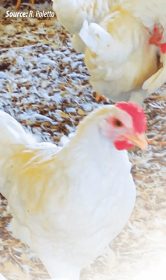
No production system can maintain good productivity and welfare levels without a strict biosecurity control. Sanitary barriers and measures are typically used in conventional production systems, and, in the same manner, they must be adopted in cage free systems.
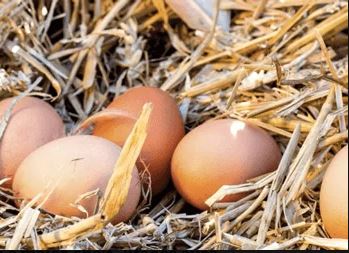
Proper litter maintenance is critical inside the barns, since when it is wet and in poor condition, it promotes the spreading of parasites and other pathogens. It undermines the body thermoregulation of the birds in cold weather conditions and it also causes dropping build-up around their toes that hinder their movement.
Nests with fresh litter or mats also ensure the sanitary quality and longer shelf life of the eggs.
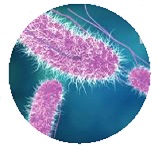
By adopting these actions, the incidence of pathologies -especially any infectious diseases- is very low in cage-free systems.
Another important factor that must be considered is the immunocompetence of cage-free birds. In other words, hens are more resistant to potential pathogen challenges or infections.
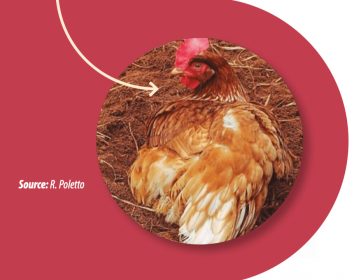
Housing options where birds can express their natural behaviors provide them with more neurophysiological “comfort” than frustration, and, as a result, blood cortisone levels are not as high and persistent. Commonly known as the “stress hormone”, cortisone is an immunosuppressive that may linger in the system causing a reduction of the reproductive hormones.
Therefore, birds that receive an adequate diet and are managed in an environment with low-pathogen pressure are much less susceptible to diseases.
Overall, producers indicated that the outcomes of these factors based on their practice are:
- Fewer debilitated and sick hens;
- Low mortality rate; and
- Higher productivity, with prolonged laying peak.
Still, in any rearing system, some birds may become sick or deblitated for various reasons. However, in cage-free systems, those birds are easily detected and subsequently segregated when monitoring the nests boxes and during the required periodic barn inspections.
Hospital enclosures (preferably one per barn) -both in pullet and egg laying stages- make it possible for a greater number of sick and weak birds to recover. These areas must have the same resources as the rest of the housing areas, which include perches for spent hens to escape from others and protect themselves.
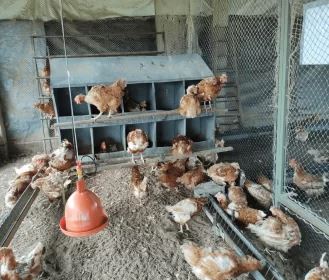
Recording the movement of birds in the hospital enclosure, as well as the causes of segregation, is essential to detect relevant and recurrent health, nutritional or behavioral problems within the flock and promptly fix them.
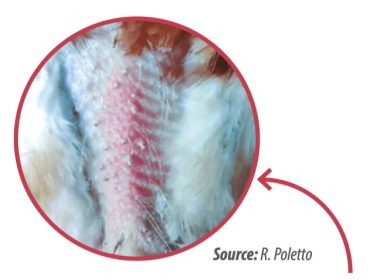
- As abnormal behavior persists and injuries increase, a more severe stage of cannibalism sets in and becomes more difficult and challenging to control.
This behavioral deviation is multifactorial and reflects stress factors that compromise the hens’ welfare and productivity. Therefore, feather pecking and cannibalism indicate, for instance, one or more of the following inappropriate practices:
- Poor environmental management;
- Nutritional deficiencies (quality and quantity);
- Inappropriate equipment maintenance;
- Or, even, resource competition.
Also, denying birds that are used to outdoor access areas can cause them stress and frustration. To prevent pecking and cannibalism, it is essential that the rearing system practice adopted is understood, paying close attention to the training of the caretakers and how hens are handled daily.
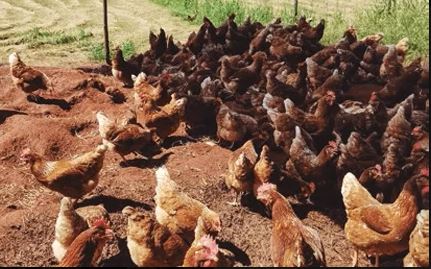
To identify any potential problem with the birds at an early stage, daily inspections of the barns, with an EYE ON THE HEN and not only to the eggs, are essential.
Perches in cage-free systems not only support the hen’s natural perching behavior, but are also important in allowing pecked, submissive, and unproductive hens to escape from others and in helping the birds keep good physical condition. Understanding these factors breaks the taboo that cage-free laying hens suffer numerous leg bone fractures and keel deformation.
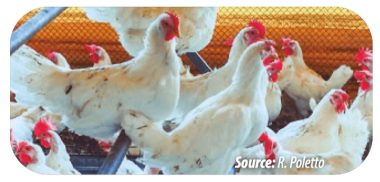
This may be a risk when relocating birds with fully developed bone structures from cages to barns where they have access to elevated / vertical surfaces such as slats or perches, or even nest boxes with a front perch. However, this is not the correct management of the birds as it respects neither their physical nor the natural behavior of hens.
Perches or any vertical structure properly built for the bird and provided from the beginning of rearing (first weeks of life) aid in developing the animal´s bone structure and progressive physical condition, acquiring resistance and muscle tone.
Chicks that are only a few days old use feeder and drinker lines to perch, especially when perches are not available. From that moment on, they exercise and improve their movements when flying and landing on the litter or any other surface of the barn. So, the frequent use of perches gives cage-free hens the proper physical resistance and behavioral learning to not “fall” when they perch and fly in cage-free systems.
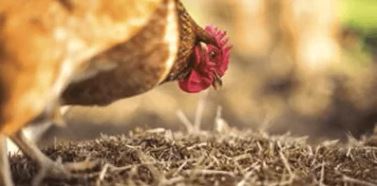

For these and other sanitary reasons, any constant accumulation of rainwater must be properly drained by fixing the ground inclination. The drainage of the water from the sink in the service area or from washing any footwear, for instance, should absolutely be avoided in the outdoor areas to help control the proliferation of flies.
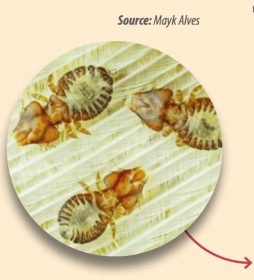
The broad knowledge we have about intensive poultry production, as well as about the physiological and behavioral needs of birds and the growing experience with new systems for laying hens rearing, must not allow us limiting ourselves to arguments that are not very well sustained.
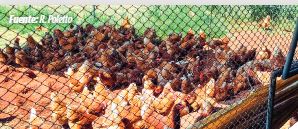
From a neurophysiological and behavioral point of view, it is impossible to associate welfare with caged hens based solely on biosecurity and productivity indicators. Defending the thesis that hens raised in cage-free systems have high mortality and fracture rates or more health issues as to conventional system is questionable, and requires a critical and technical scientific analysis of the production context.
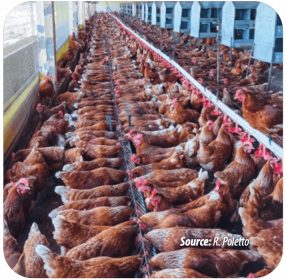
Therefore, everything must be considered in this specific context, from the qualification and competence of the managers and caretakers who handle the birds daily, to the inherent factors of the laying hen genetics and the model or rearing system implemented.
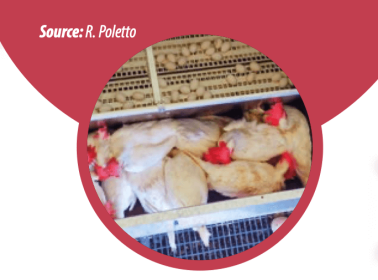
The current scientific knowledge on laying hen management in cage-free systems is in accordance with practical examples from small, medium, and large farms which have proven that the system is viable. There is no way back!
BIBLIOGRAPHICAL REFERENCES UNDER CONSULTATION WITH THE AUTHOR
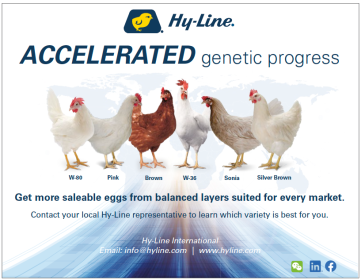
Visit here
It may interest you: Critical points in the nutrition of laying hens
[/register]
PDF